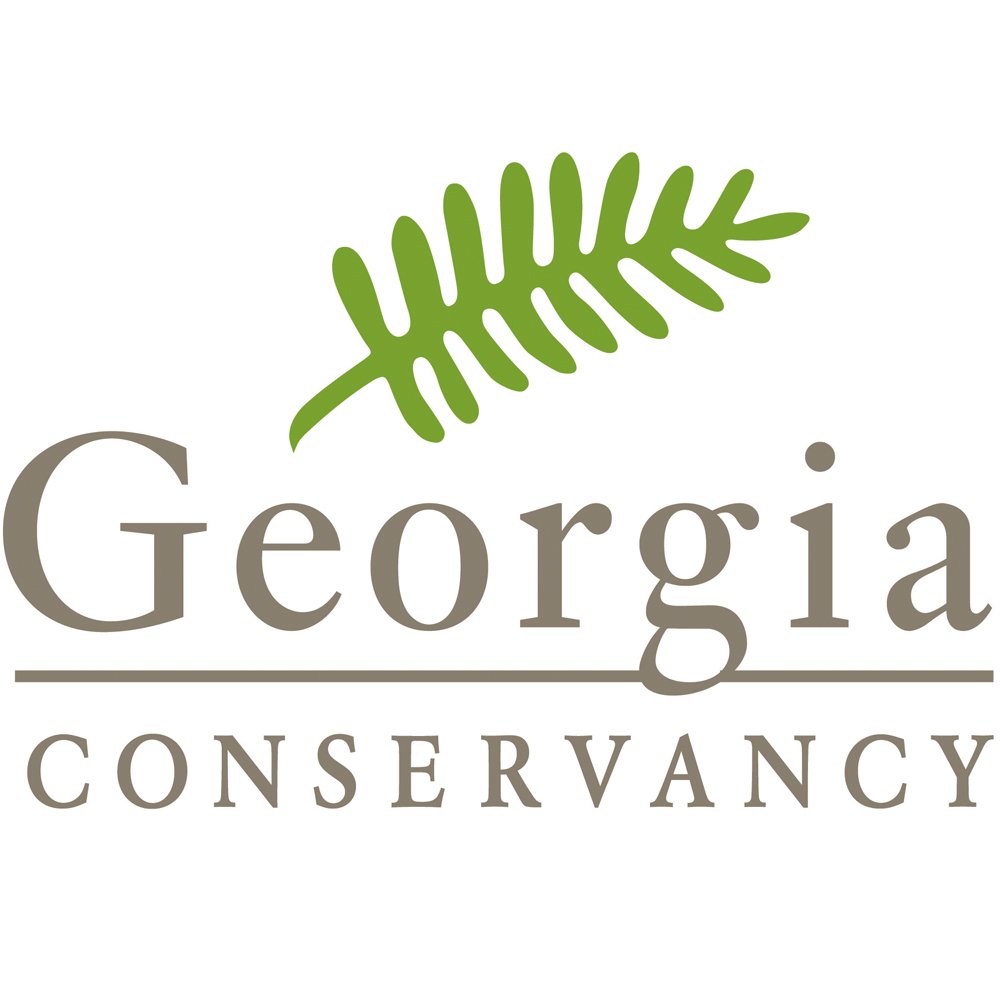Reviving Augusta's Historic Harrisburg
by Ken Edelstein
The diversity of challenges that Georgia communities face can be seen in the contrast between Covington, the Georgia Conservancy's first Blueprints community studio, and a worn-around-the-edges neighborhood northwest of downtown Augusta.Covington’s challenge when it signed up with Blueprints was how to survive a flood of growth. The challenge for the historic Harrisburg community in Augusta was that it had been left high and dry by decades of stagnation.
“The main question was, ‘How do you put Humpty-Dumpty back together again?’ ” notes Georgia Tech Architecture Professor Richard Dagenhart.
Dagenhart led a 2011 studio on the aging mill community, which grew up over two centuries along the once-vibrant Augusta Canal. The 186-page report that Dagenhart’s team produced set a standard for Blueprints for its analysis of the community’s fabric and for the comprehensiveness of its recommendations.
“The quality of that plan was through the roof,” says Georgia Conservancy Sustainable Growth Director Katherine Moore, who’s overseen Blueprints since 2009.
Like many in-town neighborhoods in cities both large and small across Georgia, Harrisburg faces challenges that are very much the opposite of those faced by suburbs. While roads, sewers and other infrastructure struggle to keep up with suburban development, underused urban infrastructure often is crumbling because there’s not the funding to repair it. And the populations are different two: Where — at least until recently — the suburbs were largely white and upscale, inner-city neighborhoods have tended to be poor and dominated by minorities.
Unlike blight that has crept into many aging inner suburbs, however, the blight in Harrisburg is laced with assets — and therefore a great deal of hope. Prime among those are the historic canal, which has become a focus of downtown redevelopment efforts; abandoned brick mill buildings that can be re-purposed into housing and offices; and the entire neighborhood’s convenient location near the center of Augusta. It also helps, Dagenhart notes, that there’s “a framework of lots, blocks and streets.”
“As an urban structure, it makes perfect sense,” he says. “But it’s been neglected because things change over time.”
Those assets were undermined by two factors. In the 1970s, the neighborhood was bisected by the Calhoun Expressway. Then, in the early 2000s, two textile mills along the Canal closed following years of declining employment.
By 2010, when Blueprints began its work in Harrisburg, community members were concerned that absentee landlords and vacant lots were in effect a welcome mat for crime, and the entire ripple effect that public safety concerns could have on the community fabric.
Natural vs. Built Environment
Traditionalists might ask, why in the world would anybody consider reviving an inner-city neighborhood to be an environmental issue? For Claire Perko, who served on the Harrisburg design studio as a Georgia Tech student, the answer is obvious.
“Any time you’re getting people to live closer together, it’s a win for the environment. You’re using fewer resources and having to drive less,” says Perko, who’s now a landscape architect for an engineering firm in Marietta. “As the population grows we need to invest in these [physically] disturbed areas because if we can repopulate those areas, then we don’t have to disrupt natural areas.”
Perko was one of a dozen students who worked with Dagenhart on the Harrisburg design studio.
They, together with residents, concluded that some of the best things that could be done for Harrisburg would involve undoing bone-headed moves from the last few decades. Those ranged from the intricate — subdivision and combinations of existing lots that had broken up the walkable scale of the old neighborhood — to the obvious — the split that the highway created in the neighborhood. The students recognized very quickly that the highway not only cut the Harrisburg in two, but it diminished the desirability of nearby streets and property.
“I don’t think the residents really acknowledged the much,” Perko says. “It’s one of those things that difficult for someone who’s been there to see. And it became such a huge barrier that it seemed insurmountable.”
Phasing out the expressway
The surprise was that the studio concluded that the expressway could be phased out very cost effectively. The value of property freed up by the highway could pay for its conversion back to a boulevard integrated into the street texture of Harrisburg. Rising values on adjacent properties would provide local government with a tax portfolio gift that would keep on giving.
In many ways, the Harrisburg process represents Blueprints at its smoothest: While the Conservancy managed the overall process, Dagenhart’s students worked with him on an Urban Design Studio in the Spring 2011 semester. After some preliminary study, a kickoff workshop engaged stakeholders in February. With a lot of interaction and discussion in between meetings, the planning team discussed preliminary recommendations with community members at a second workshop in March, and final recommendations were presented at a third workshop in April. Then, the Conservancy staff compiled, edited and updated the studio’s recommendations, and published the report in August.
“You have to have those plans before anything gets done,” says Dagenhart. “Even if only 1 or 2 percent of what was planned happened, at least that could bring about meaningful changes.”
Read the Harrisburg Blueprints Final Report
This story appeared in the Georgia Conservancy's Summer 2015 issue of Panorama Magazine, celebrating 20 years of the Conservancy's Blueprints for Successful Communities Program.




